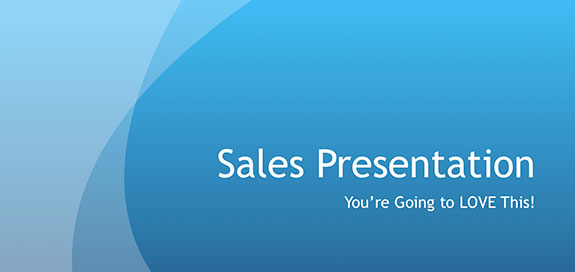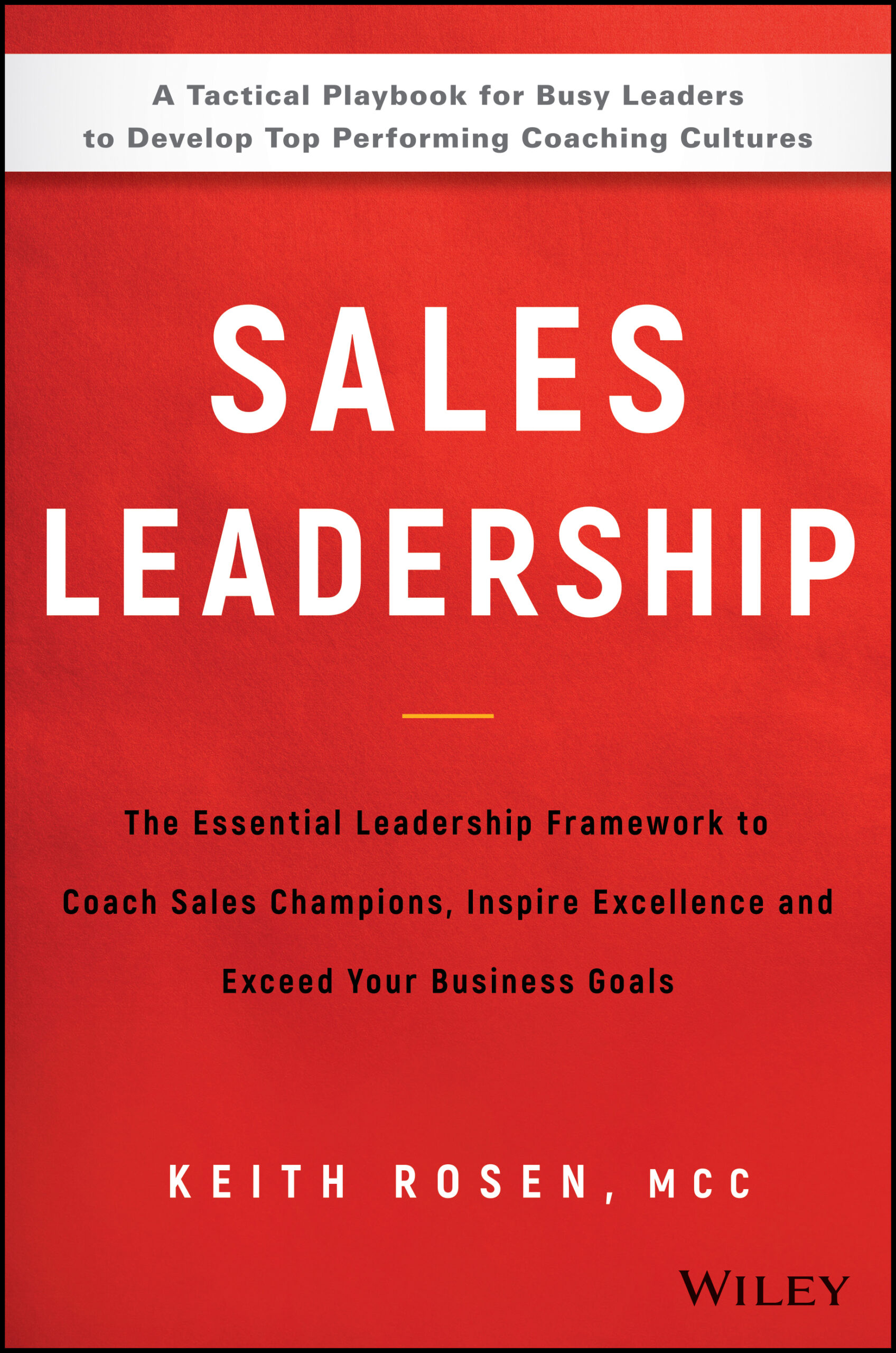If you want to increase the impact of your communication and presentations, it’s your responsibility to make sure that 100% of your message is truly understood by every person you speak with.
 My wife and I attended an open school night, the first time we had an opportunity to sit down and listen to the plan that my daughter’s third grade teacher had for her students.
My wife and I attended an open school night, the first time we had an opportunity to sit down and listen to the plan that my daughter’s third grade teacher had for her students.
As an illustration of the importance of reading comprehension, she asked us to do the following exercise. “Read the following excerpt of this book and tell me what you think the story is all about,” she directed. She also informed us that 85% of the words would remain in the story and only 15% of the works in this excerpt would be removed.
After reading the story, she made her point. As parents, we may think that an 85% comprehension of a story would be fine for our children when reading a story, right? I mean, it’s practically 100%. However, the fact is, the omission of just 15% of a story greatly affects someone’s comprehension of that story. I’ve included the story below for your to read and judge for yourself.
Pickle Puss by Pat Reilly Giff (Guided Reading M) (85% accuracy: 58 errors)
Emily ___ jumped down the ___. She ___ across the ___. “Wait for me,” her little ___, Stacy, yelled. Emily looked back.
“Stacy ___ the ___ door. She was ___ a ___ on her head. She had her mother’s high ___ on her feet.
“You can’t go like that,” Emily said.
“I’ll take off my ___,” Stacy said. She dropped the ___. It ___ on the grass. Emily closed her eyes. “___.”
Stacy clicked down the ___. “Mrs. Baker will love my red ___.” Emily started ___ the street. “Walk ___,” Stacy said. “It’s hard to ___ up.”
Emily took Stacy’s hand. “Try. We’re ___ ___.” At the next corner they saw Richard ___. He was ___ under a bush.
“___, Beast,” Emily called. “Where are you going?” he yelled.
“To the ___,” Emily said. “Today’s the day Fish for a Good ___ starts. We can do it all ___.”
“Not me,” Beast said. “I ___ enough in summer ___. Too much.” He sat back. “Besides, it’s ___. ___ starts soon.”
“Emily’s going to fish,” Stacy said. “Right Emily?” Emily ___. “I’m going to get a pile of them.”
“So is Dawn,” said Beast. “And Jill, and Timothy ___.” He shook his head. “Too bad Matthew moved away. He’d like to fish too.”
“Did you hear from him?” Emily asked.
Beast held up one ___. “I got a ___. A skinny little ___. Matthew’s a terrible ___. I couldn’t ___ it.”
“Come on, Emily,” Stacy said. “It’s too hot to ___ ___.” Emily and Stacy went down the street. They turned in at the ___.
“___,” said Stacy. “Lots of kids are here today.” Emily waved at Jill and Dawn. Then she looked up. There was a new ___ on the wall. It was a picture of a boy fishing. He was fishing in blue ___ water. Red and blue and tan ___ fish swam in the water. Up on top said FISH FOR A GOOD ___.
“I’m going to get lots of fish,” Stacy said.
Emily shook her head. “You don’t have a ___.” “Mrs. ___ will give me one,” Stacy said.
“No,” said Emily. “Not until you can ___ your name. That’s the ___.”
Stacy stuck her lip out. She looked as if she were going to cry. “How can I learn to ___? Nobody will let me go to ___.”
Emily ___ her ___.
Now, consider how this ties into the importance of a successful presentation. Think about how critical it is for you to not only develop and refine your compelling message and Most Valuable Proposition but to position and communicate it to your customer in a way that they truly hear and understand it. There’s a big difference between being heard and being understood. It’s your job to ensure you are communicating to your customers and prospects in the way they communicate and process information, then confirm that the message you sent was the message that was received.
The most effective presentations are going to be evaluated by the result, not the vast amount of information you can disseminate to a prospect. Keep your PowerPoint at bay until you’ve determined exactly what it is your prospects wants to hear and needs to learn.
Photo Credit: Keith Nerdin



